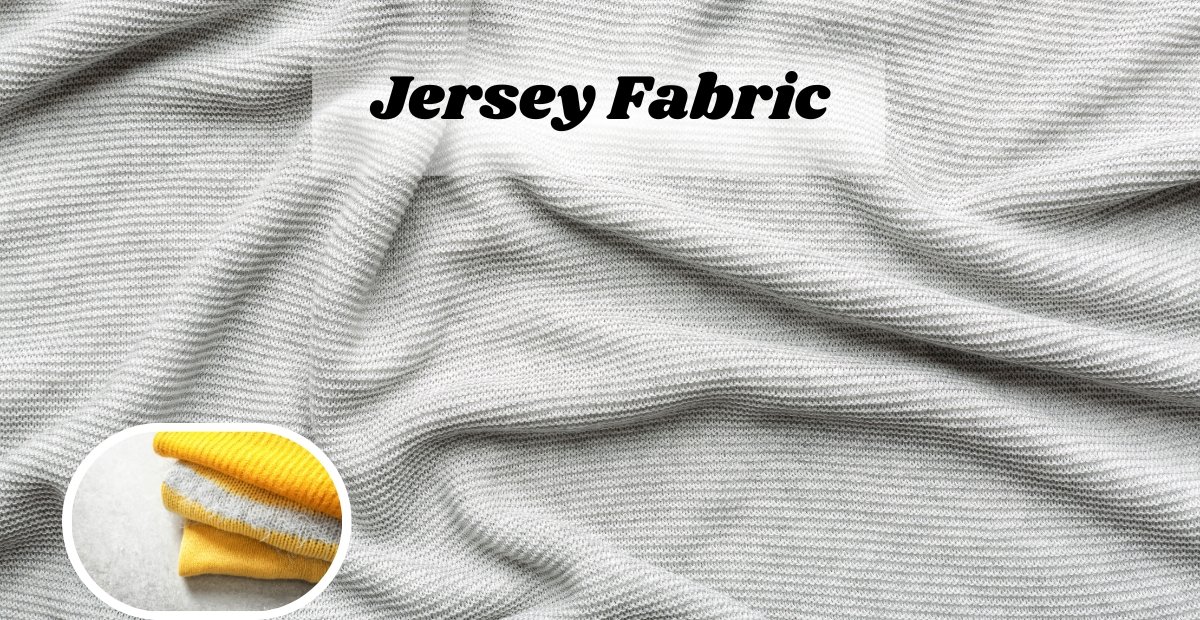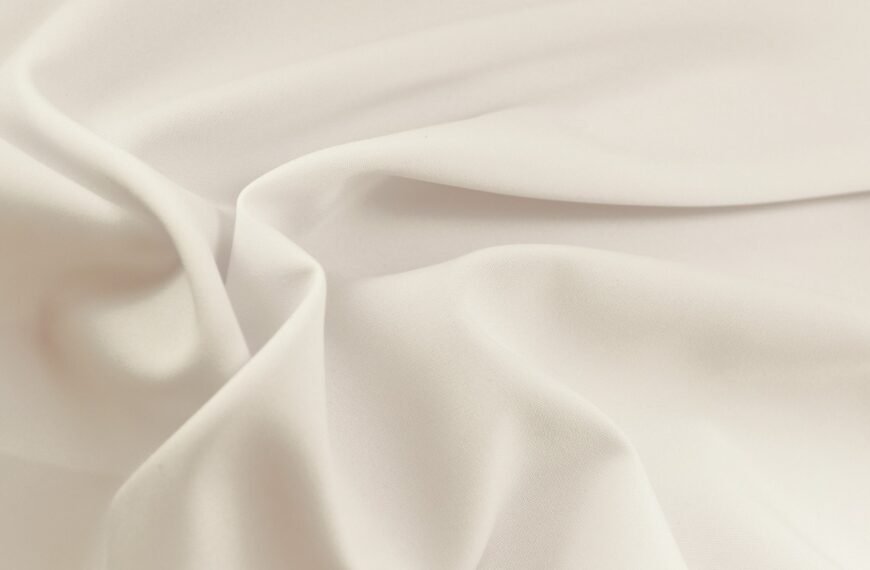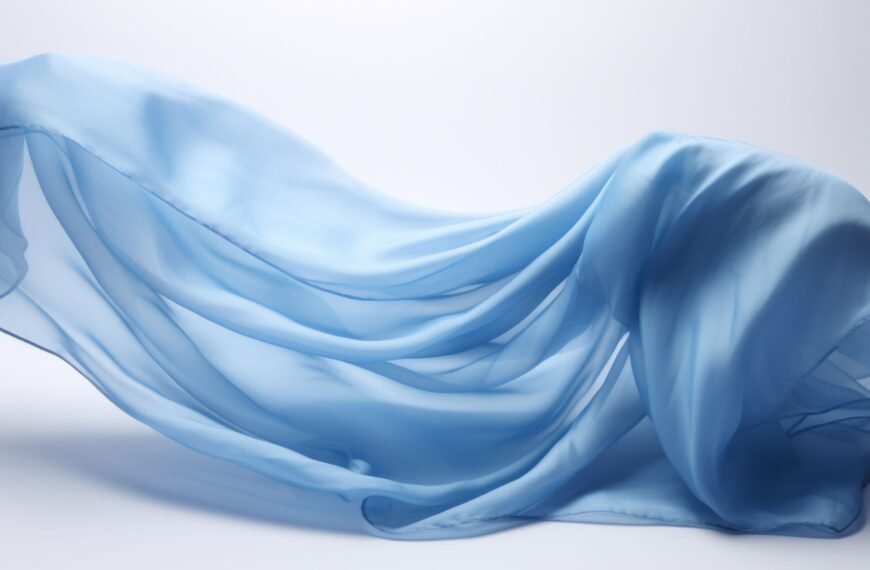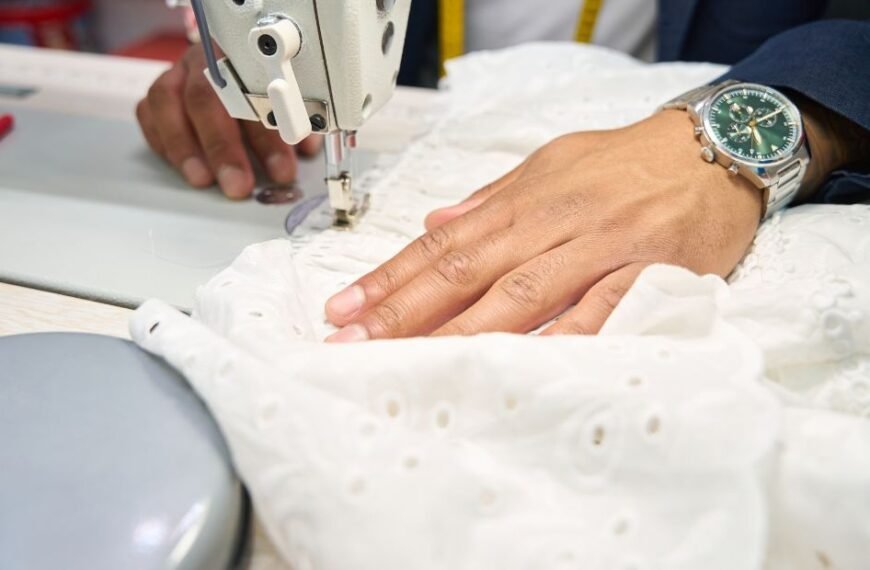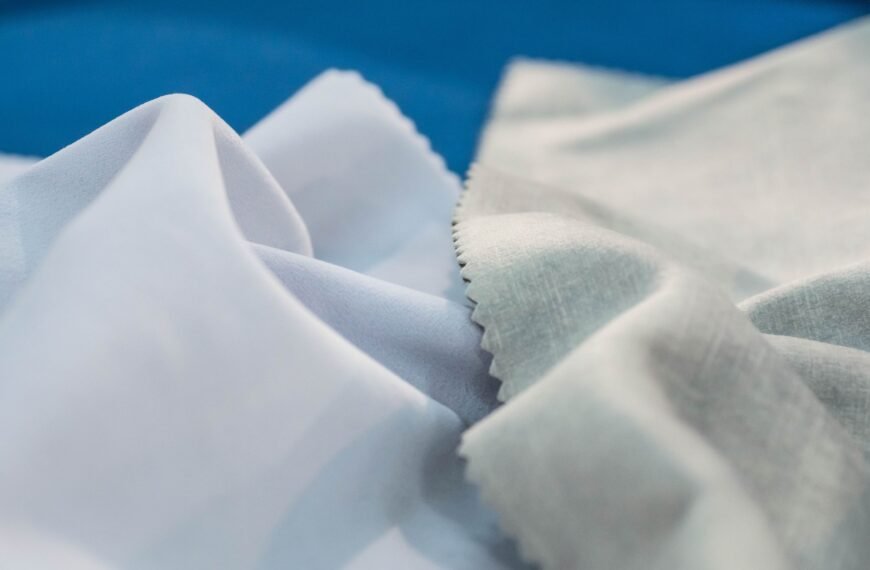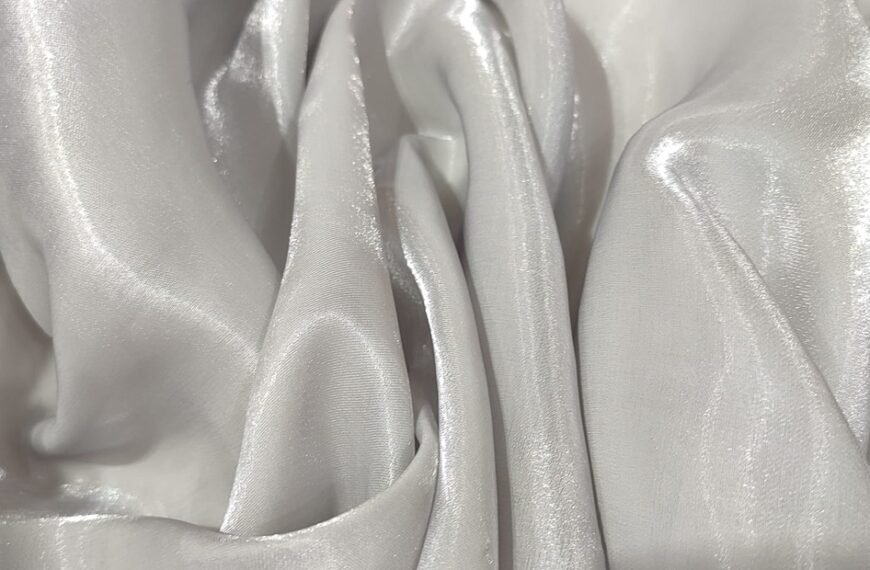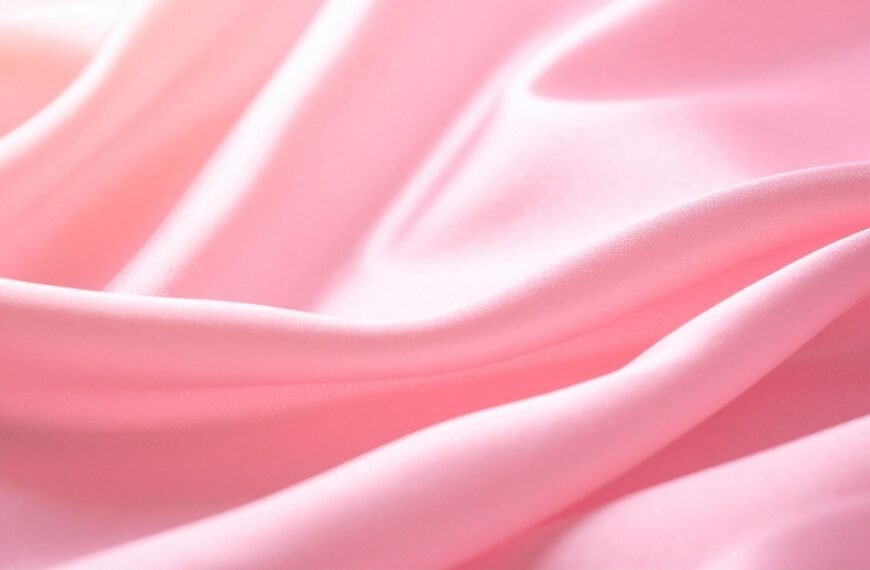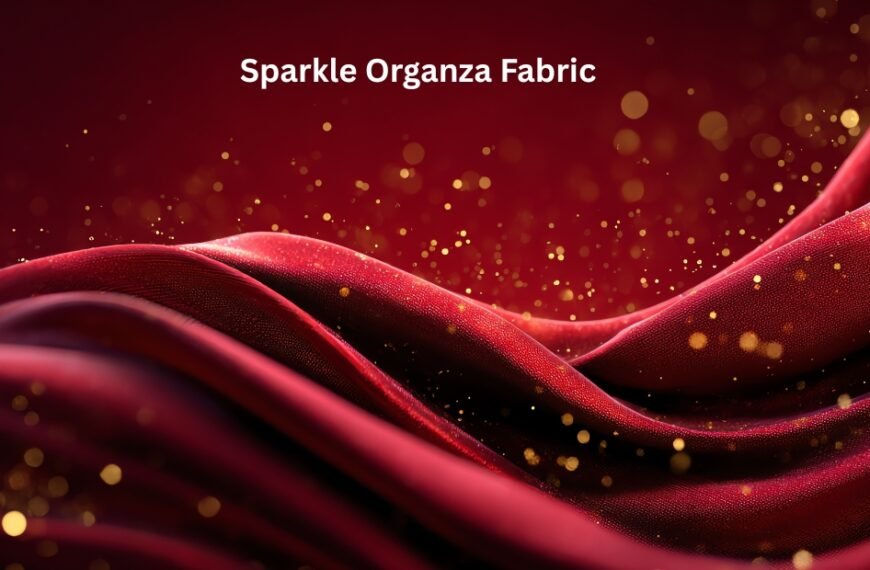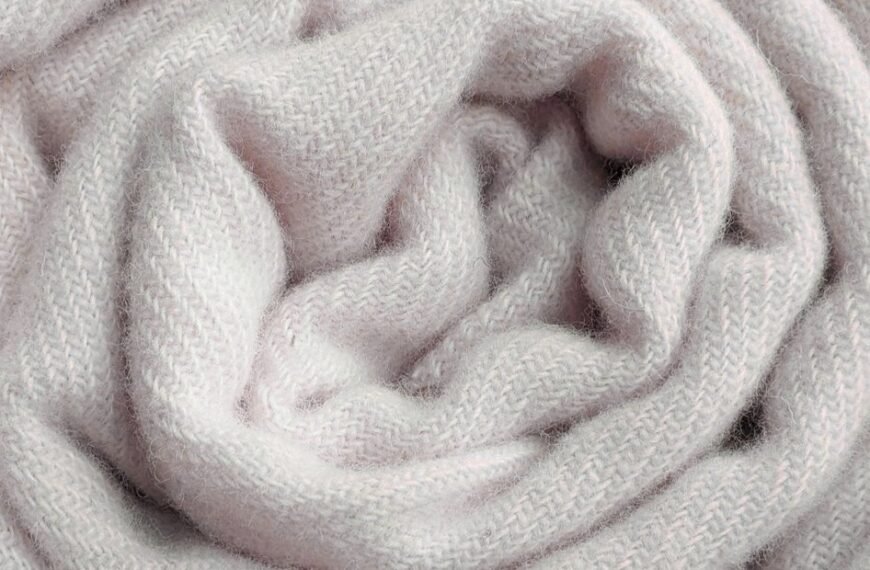One of the most versatile and comfortable fabrics is jersey knit wool. With its natural elasticity, breathability, and soft texture, it is a unique combination of style and practical comfort. Because of its ability to transition from casual to formal dress, it’s a jersey knit wool mainstay in wardrobes around the * globe.
This timeless and fashionable fabric deserves a clear picture of its history, properties, uses, benefits, and care.
- What Is Jersey Knit Wool Fabric?
- History of Jersey Knit Wool Fabric
- Properties of Jersey Knit Wool Fabric
- Benefits of Jersey Knit Wool Fabric
- Uses of Jersey Knit Wool Fabric
- Difference Between Jersey Knit Wool and Regular Wool Fabric
- Care and Maintenance Tips for Jersey Knit Wool Fabric
- Sustainability of Jersey Knit Wool Fabric
- Conclusion
- FAQs
What Is Jersey Knit Wool Fabric?
It is a fabric knit (rather than woven) and was originally made from wool. One surface is smooth, the opposite side is soft and slightly textured wool. The texture enables the fabric to stretch, thus, being ideal for making pliable and comfortable garments.
The original use for this material was for fishermen’s sweaters. Over time, it became mainstream fashion, particularly after being incorporated into women’s clothing by Coco Chanel in the early 20th century.
History of Jersey Knit Wool Fabric
The history of this fabric can be traced back to the early 1600s. The early inhabitants of the island of Jersey first produced textiles to keep the inhabitants warm. Knitted fustian was produced with the finest Jersey textiles for the warm stretchy clothing for the islanders. With its elasticity and durability, it became popular for everyday garments.
In the early 20th century, Coco Chanel transformed the fashion world by using Jersey wool for dresses and suits, and it became synonymous with relaxed elegance and practical fashion. This was a stark contrast to the stiff, formal fabrics that women were expected to wear. Jersey wool has endless uses and its evolution continues today by blending natural wool with other cotton, synthetic, or wool blends.
Properties of Jersey Knit Wool Fabric
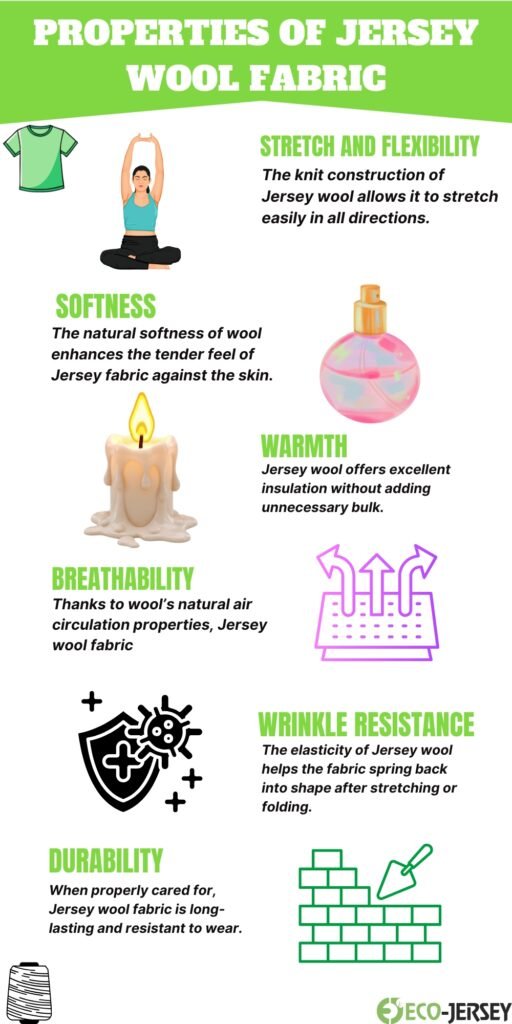
Jersey knit wool fabric is lauded for its properties which makes it ideal for various uses. Below are the key attributes that characterize this classic fabric:
- Stretch and Flexibility – The fabric’s knit construction allows stretch in all directions providing ease and comfort for movement.
- Softness – The natural softness of wool adds to the tenderness of the fabric on the skin.
- Warmth – It offers insulation without the excess bulk as it efficiently retains heat.
- Breathability – Wool’s air circulation property allows the fabric to keep the wearer cool and dry.
- Wrinkle Resistance – Due to the elasticity of the fabric stretches, it reduces wrinkles.
- Durability – Jersey wool has a long life and resists wear if properly maintained.
These properties justify its use for knitting fabrics for clothes and for use in interiors.
Benefits of Jersey Knit Wool Fabric
Jersey knit wool fabric gives a variety of advantages which has fueled its popularity over the years.
- Comfortable Fit: The stretchable nature of the knit allows garments to move with the body, providing all-day comfort.
- Lightweight Warmth: It keeps you warm without adding bulk, making it ideal for transitional weather.
- Versatility: Jersey wool can be used in both formal and informal styles.
- Moisture Management: The unique structure of wool fibers enables the effortless absorption of moisture, ensuring the wearer remains dry.
- Elegant Appearance: Jersey wool offers a unique smoothness and drape, yielding the ideal polished aesthetic for professional attire.
- Eco-Friendly Option: Biodegradable and renewable, wool is a responsible alternative.
For these reasons, Jersey knit wool fabric continues to be a favorite among designers and consumers.
Uses of Jersey Knit Wool Fabric
The fabric is highly versatile and serves a variety of applications, both in clothing and in the home.
1. Apparel

Jersey knit wool is used to make a variety of garments, including t-shirts, dresses, skirts, and suits. Wool’s flexibility and drape make it appropriate for informal and formal fitting styles. Jersey wool is also used in sportswear and activewear because it retains warmth and allows easy movement.
2. Winter Wear

Jersey wool is ideal for making warm sweaters, cardigans, and scarves. Its soft and warm textile provides excellent cold-weather insulation while remaining comfortable.
3. Home Textiles
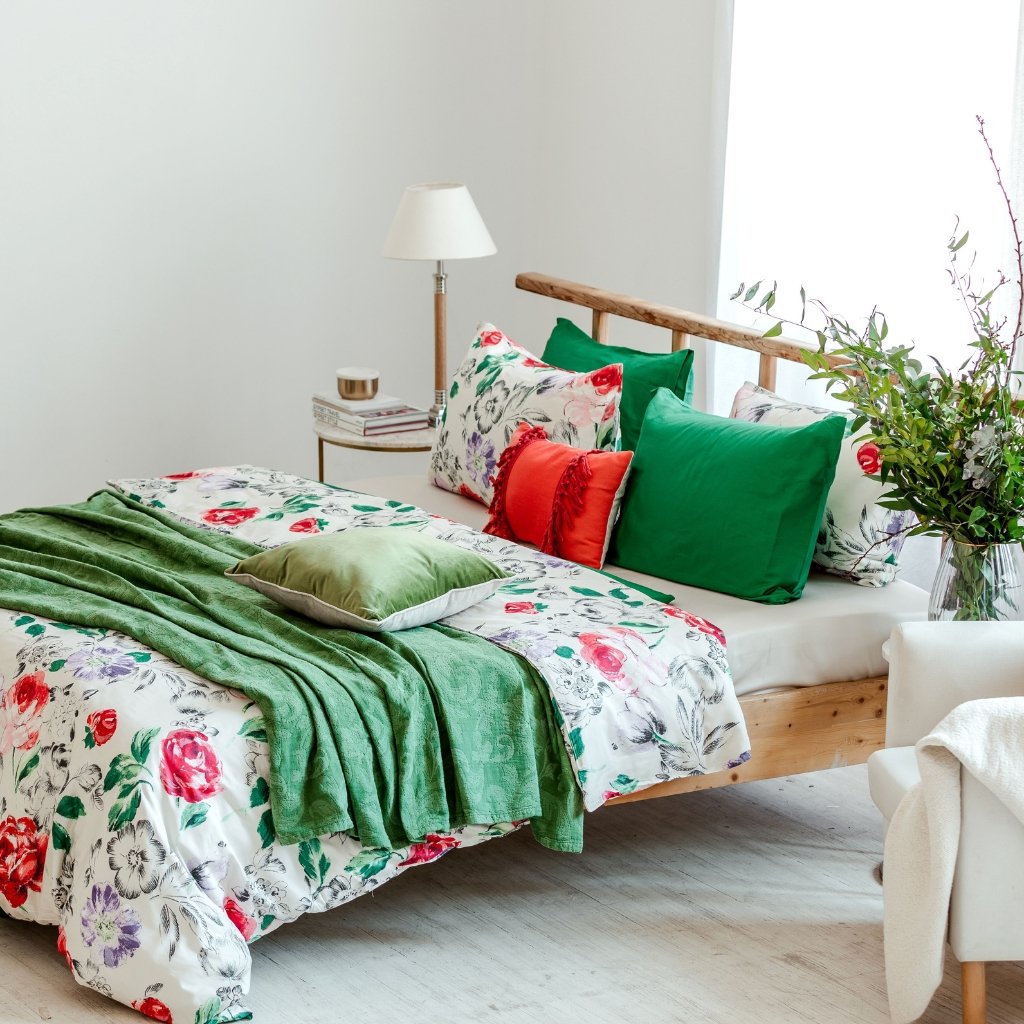
In interior design, Jersey knit wool is used for cushion covers, blankets, and soft furnishings. It adds a cozy and elegant touch to living spaces.
4. Accessories

From gloves and beanies to wraps and shawls, Jersey knit wool brings comfort and warmth to daily accessories.
Because of its adaptability, this fabric continues to play a vital role in both fashion and décor industries.
Difference Between Jersey Knit Wool and Regular Wool Fabric
Although both fabrics originate from angora wool fabric they differ in structure and feel. Regular wool fabric is woven, providing a firm texture with less stretch. Jersey knit wool, on the other hand, is knitted, giving it more elasticity and flexibility. The knitted loops allow for movement and better drape, while woven wool maintains rigidity and structure.
In summary, woven what is wool fabric is better for tailored garments like coats, whereas Jersey wool is ideal for soft, stretchable clothing.
Care and Maintenance Tips for Jersey Knit Wool Fabric
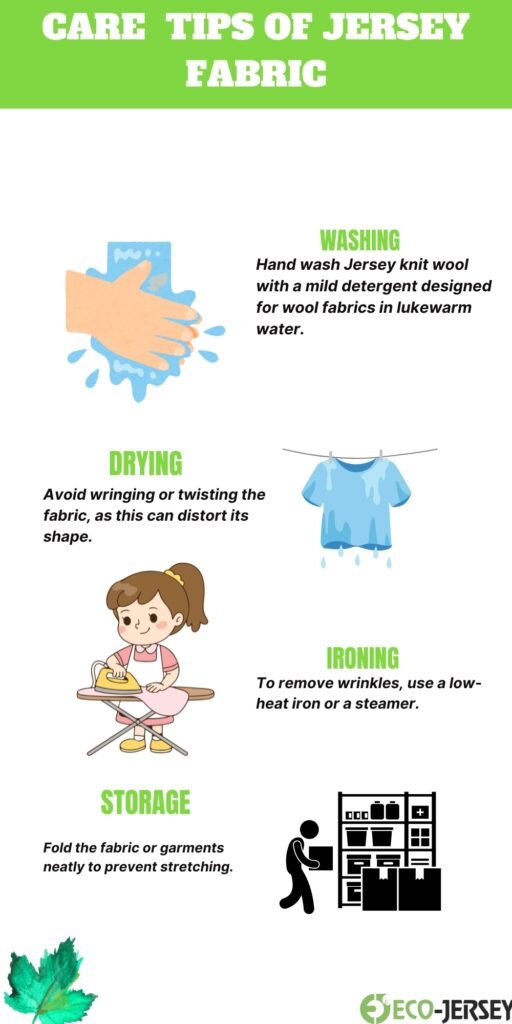
Proper care is essential to maintain the softness and durability of Jersey knit wool fabric.
- Washing: Hand wash with mild wool fabric detergent in lukewarm water. If you’re using a machine, select a gentle or wool cycle.
- Drying: Do not wring the fabric, instead, lay it flat on a towel to dry.
- Ironing: If needed, remove wrinkles on a low-heat setting with steam.
- Storage: Fold to prevent stretching, and store in a cool dry place.
These simple steps will help maintain the shape and beauty of your Jersey knit wool garments for years.
Sustainability of Jersey Knit Wool Fabric
As eco-conscious consumers, the sustainability of Jersey knit wool fabric works in its favor. Wool is renewable and biodegradable, and it decomposes without harmful residue. Also, ethical manufacturers source wool, selling it with responsible production in mind.
The environmental benefits of blended Jersey fabrics with recycled fibers make it a good choice for sustainable fashion and home textiles.
Conclusion
Jersey knit wool fabric epitomizes the fusion of comfort with modern style embedded in our culture. Its unique warming qualities and adaptability to varying fashions makes it a perennial classic. Jersey knit wool fabric works flawlessly whether it is winter sweaters or dresses for workplace or even soft furnishings as it offers sophistication and utility.
FAQs
What is Jersey knit wool fabric made from?
Jersey knit wool fabrics made from wool fibers knitted together and sometimes blended with different fabric to enhance softness and elasticity.
Is Jersey knit wool suitable for all seasons?
Definitely! Its breathability and its warming properties works for it to be classified as an all season fabric.
Can Jersey knit wool fabric be machine washed?
Washing it in a machine on the gentle or wool cycle is acceptable, although for longevity, it is best to hand wash it.
